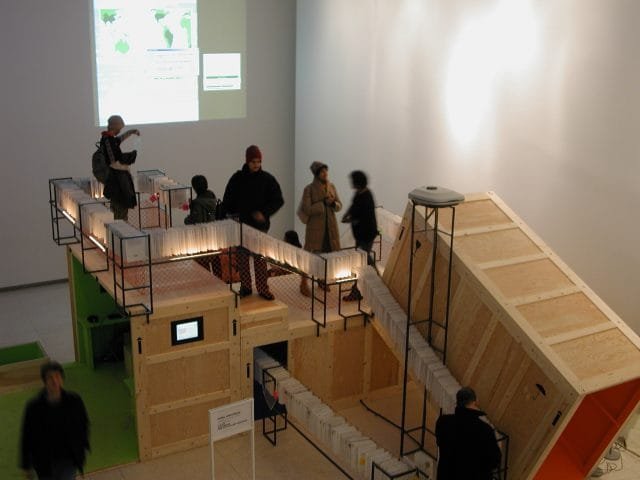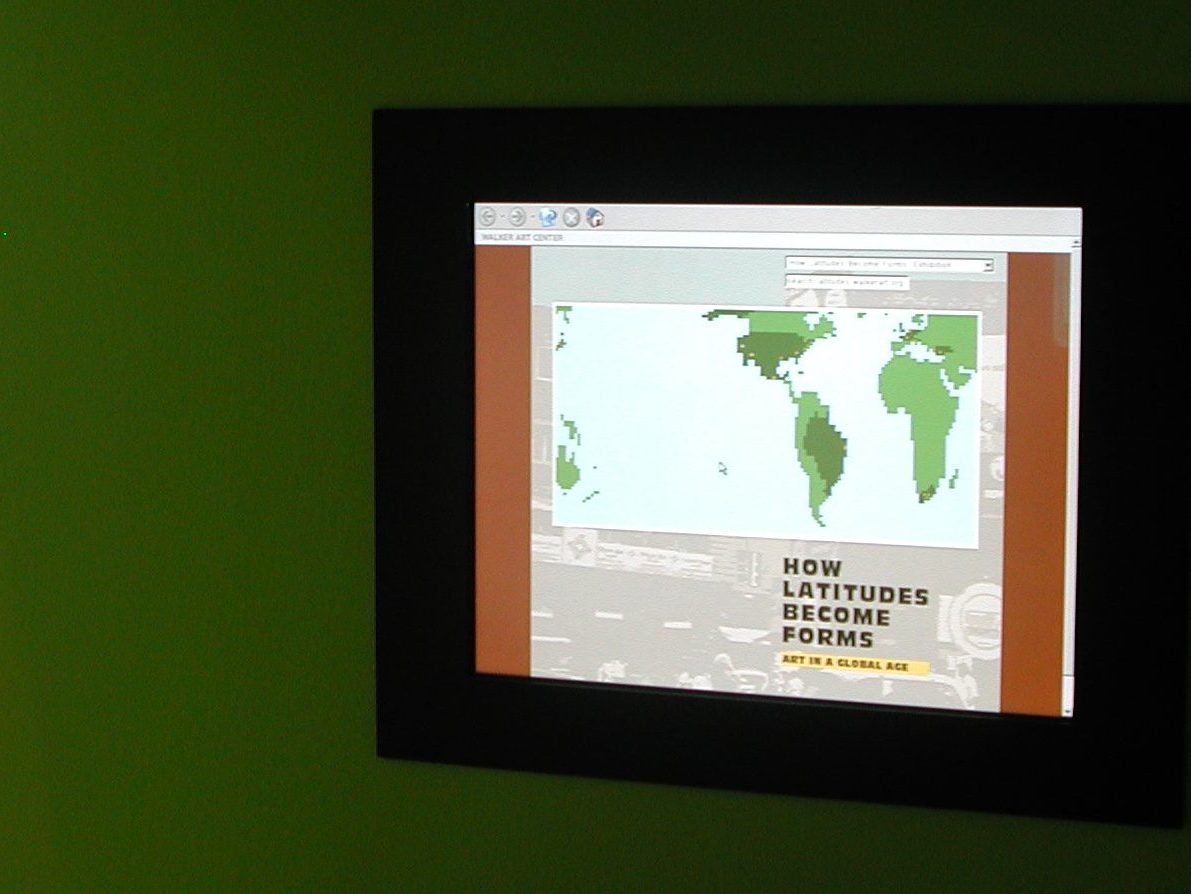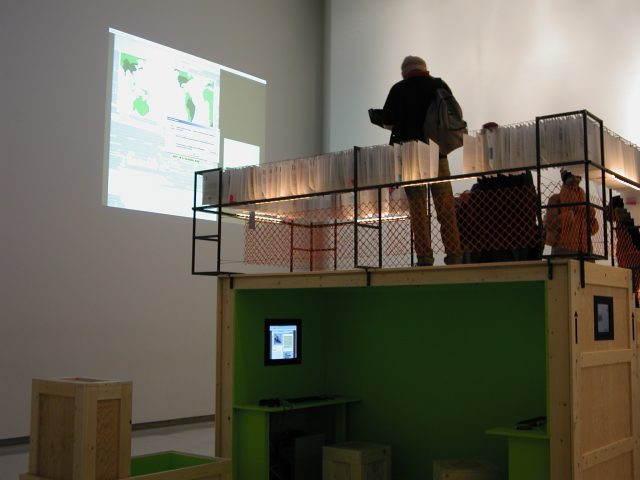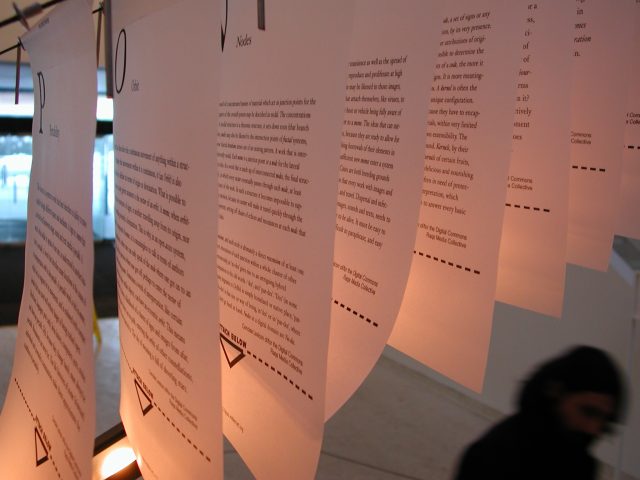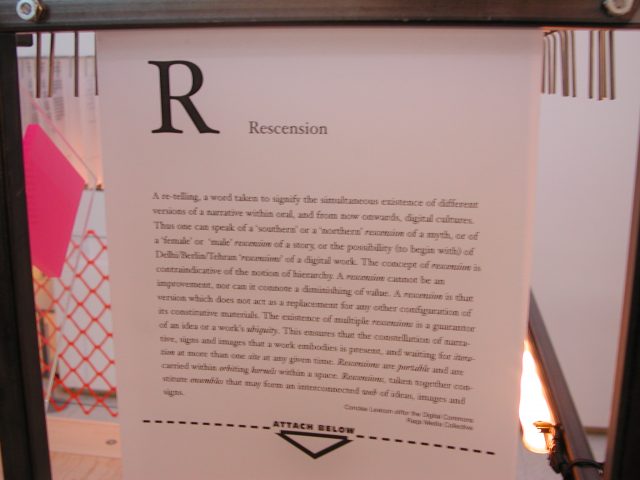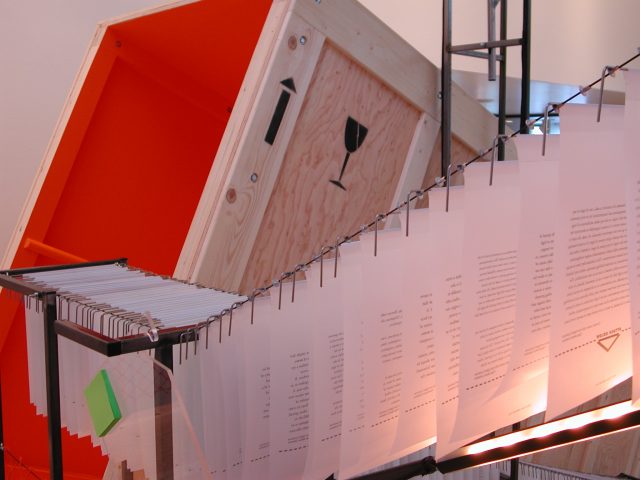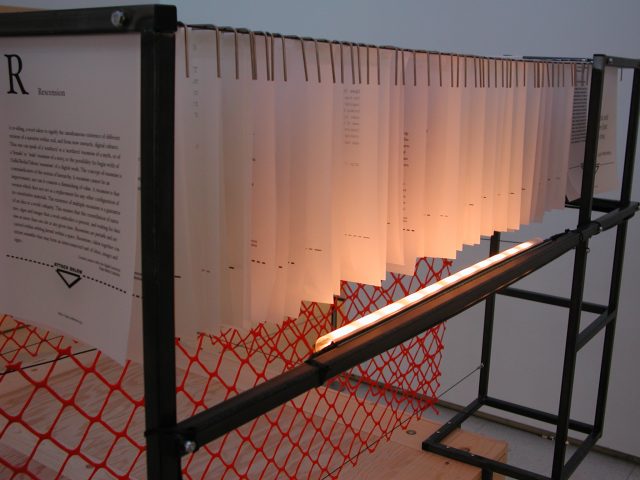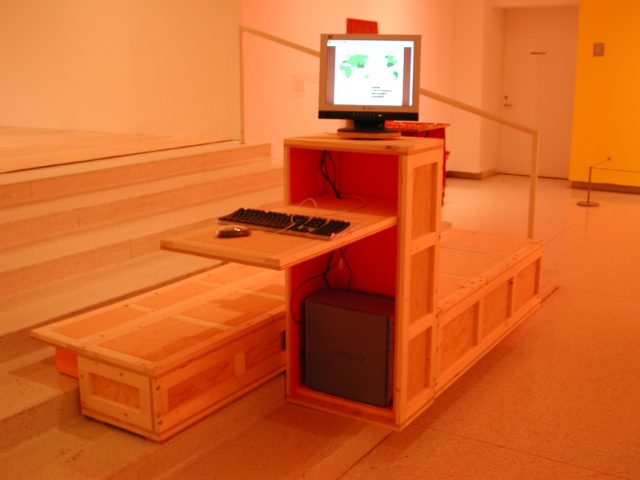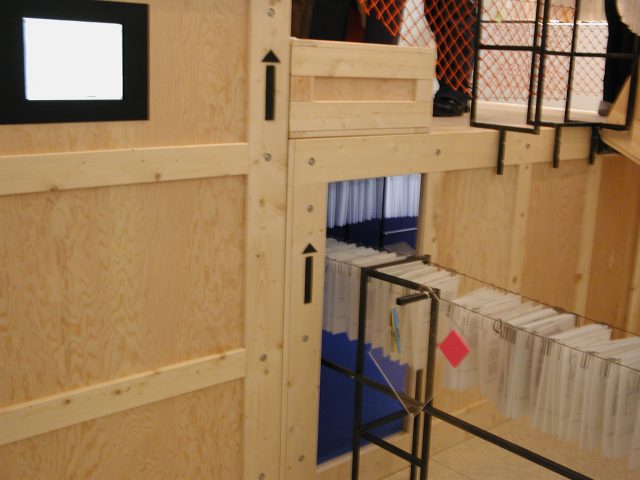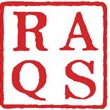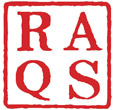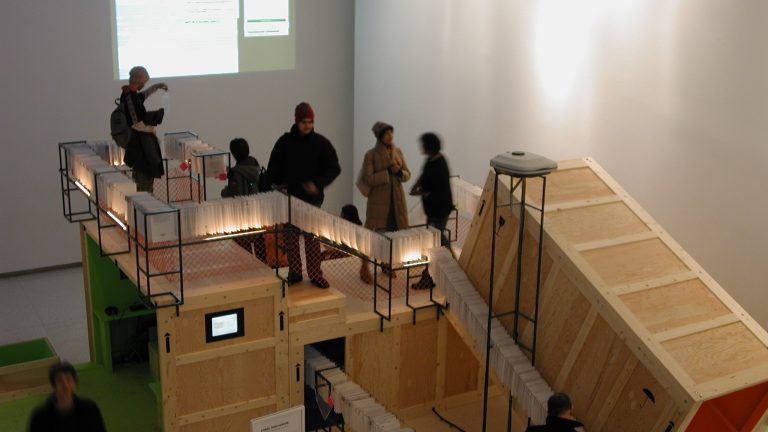Raqs Media Collective with Atelier BowWow (Tokyo)
Portable, multi-use structure made with packing crates for computers, projectors, paper, sound and people.
Exhibited at How Latitudes Become Forms, Walker Art Center Minneapolis (2003)
Commissioned by the Walker Art Center and funded by the Foundation, Temporary Autonomous Sarai is an installation and interdisciplinary collaboration between RAQS Media Collective (New Delhi) and the architectural firm Atelier Bow Wow (Tokyo). Created for Translocations, an online exhibition highlighting network-based art, Temporary Autonomous Sarai is a physical space that encourages visitors to discover net art by 14 artists from Brazil, China, India, Japan, South Africa, Turkey and the United States. Graduate students in architecture and design at the University of Minnesota also took part in the conceptual research that spawned Temporary Autonomous Sarai.
The term “sarai” (from caravansarai) has its roots in Mughal India and conveys the origin and aim of the Temporary Autonomous Sarai project. At once a destination and point of departure, sarai refers to an enclosed space in a town or beside a road where travellers from all walks of life and social classes could find refuge, food and company. Sarai was also a stage used for theatre, music, dervish dancing and philosophical discussions. Hence, the concept of sarai, which evokes conviviality and cultural exchange applies to an exhibition that explores the notion of “translocal.” Inspired by and emulating certain aspects of this rich tradition, Raqs and Bow Wow have designed a physically modest and temporary structure that, in the spirit of sarai, encourages people to meet and share.
The structure, made of crates used to pack art objects in museums, snow fencing, plastic hangers, clips, A4 sized paper and post it notes, unpacks to form a refuge for people, computers, texts, signs made with pen and paper, and software that privileges itinerancy, flexibility of usage, and the possibility of role-shifts between users and producers, players and viewers, guests and hosts. In this spatial configuration – all visitors are encouraged to be playful with the presences and traces of others.
